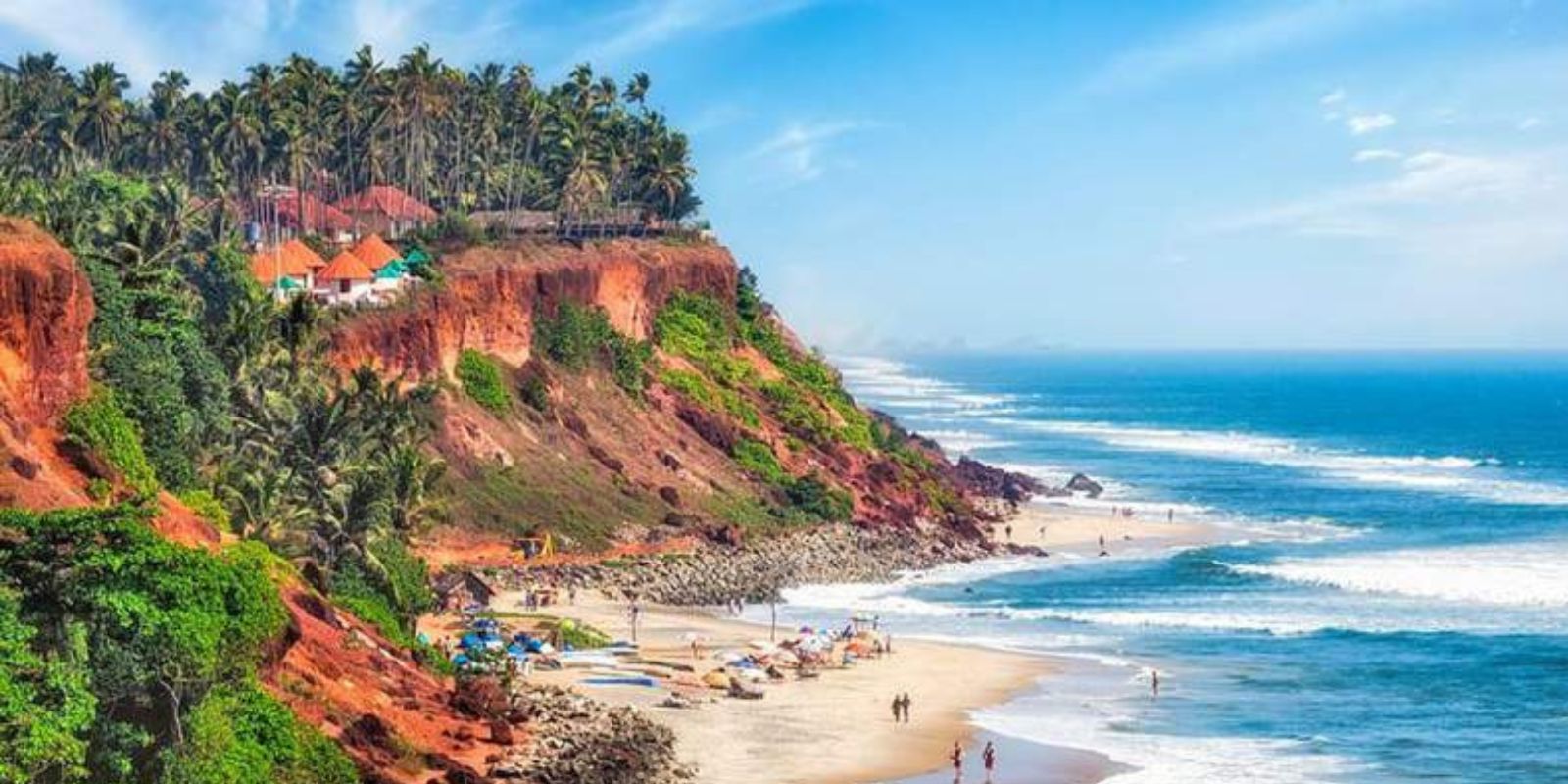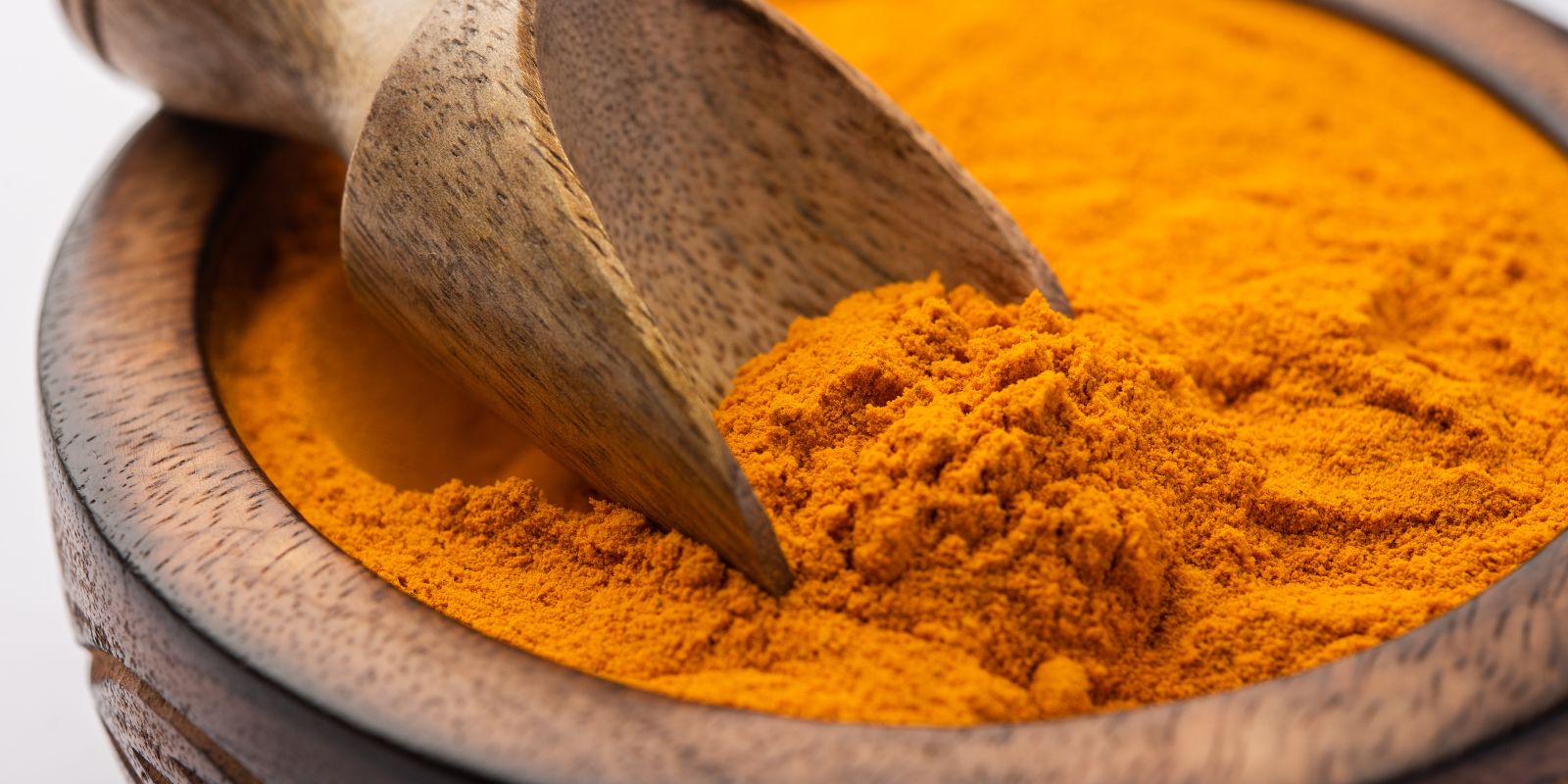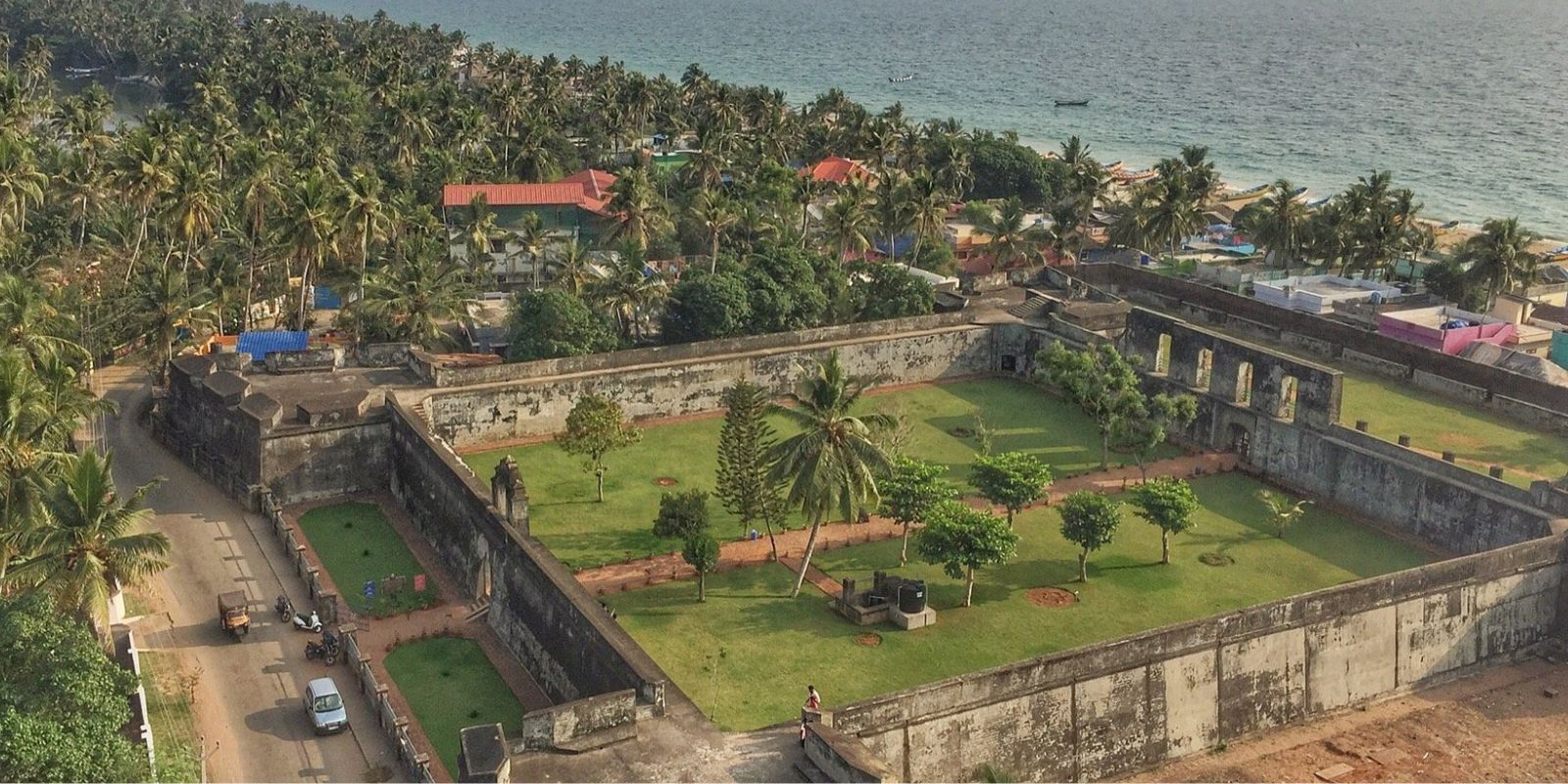In the quiet village near Varkala, Kilimanoor Palace rises not in gold or marble, but in heritage and grace. Here, the air holds the calm of ancestral wisdom, where art was born not just from talent, but from vision, discipline, and devotion.
Why This Experience Matters
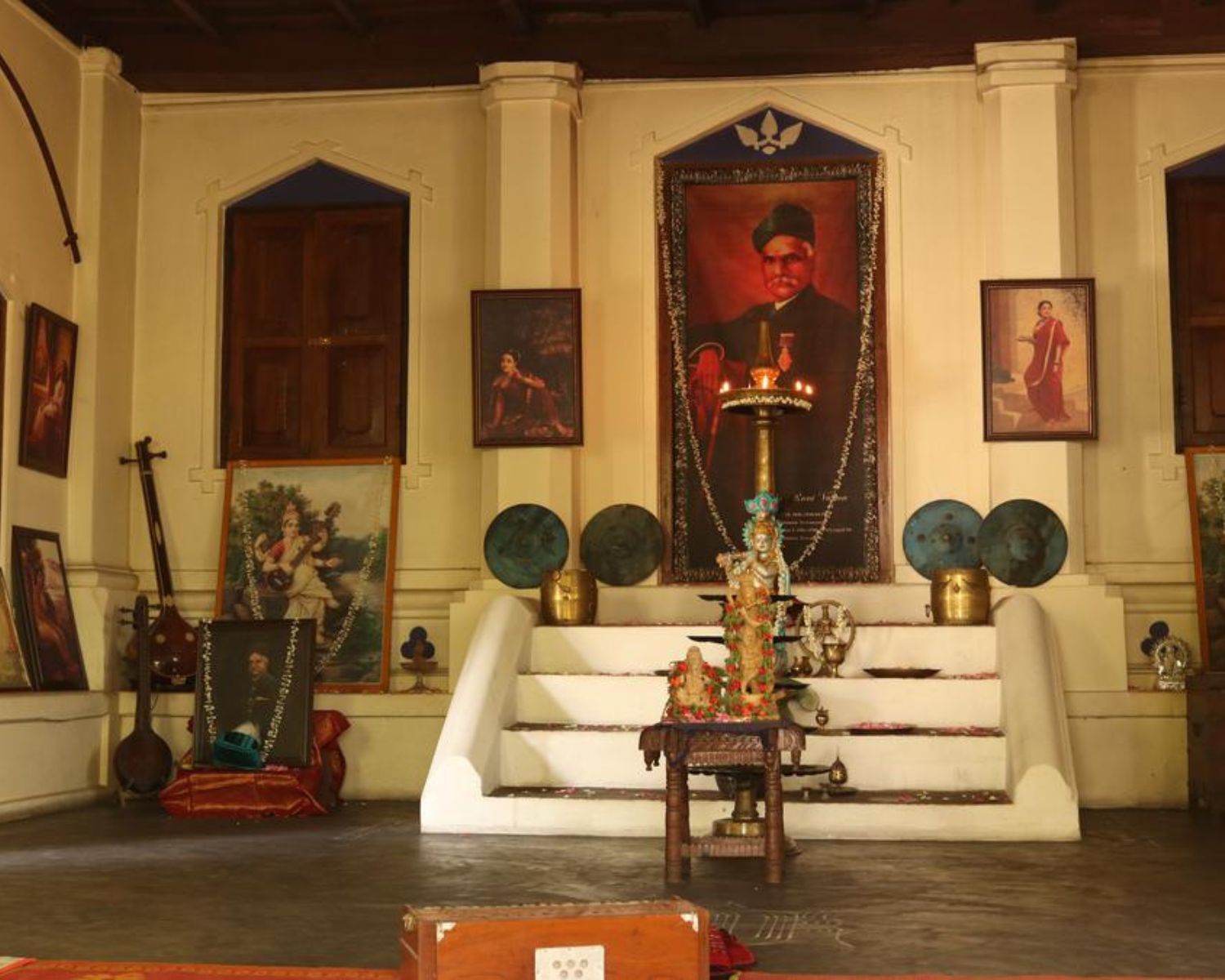
For a seeker, Kilimanoor is not merely a palace it is a meditation on legacy and creative offering. It stirs reverence not for power, but for the refinement of the soul through art, learning, and dharma. This is where Raja Ravi Varma, India’s beloved painter-king, was born a master who blended Indian themes with European techniques, bringing divinity into every stroke. To stand where he once stood is to feel how creativity can become spiritual practice.
A Living Legacy
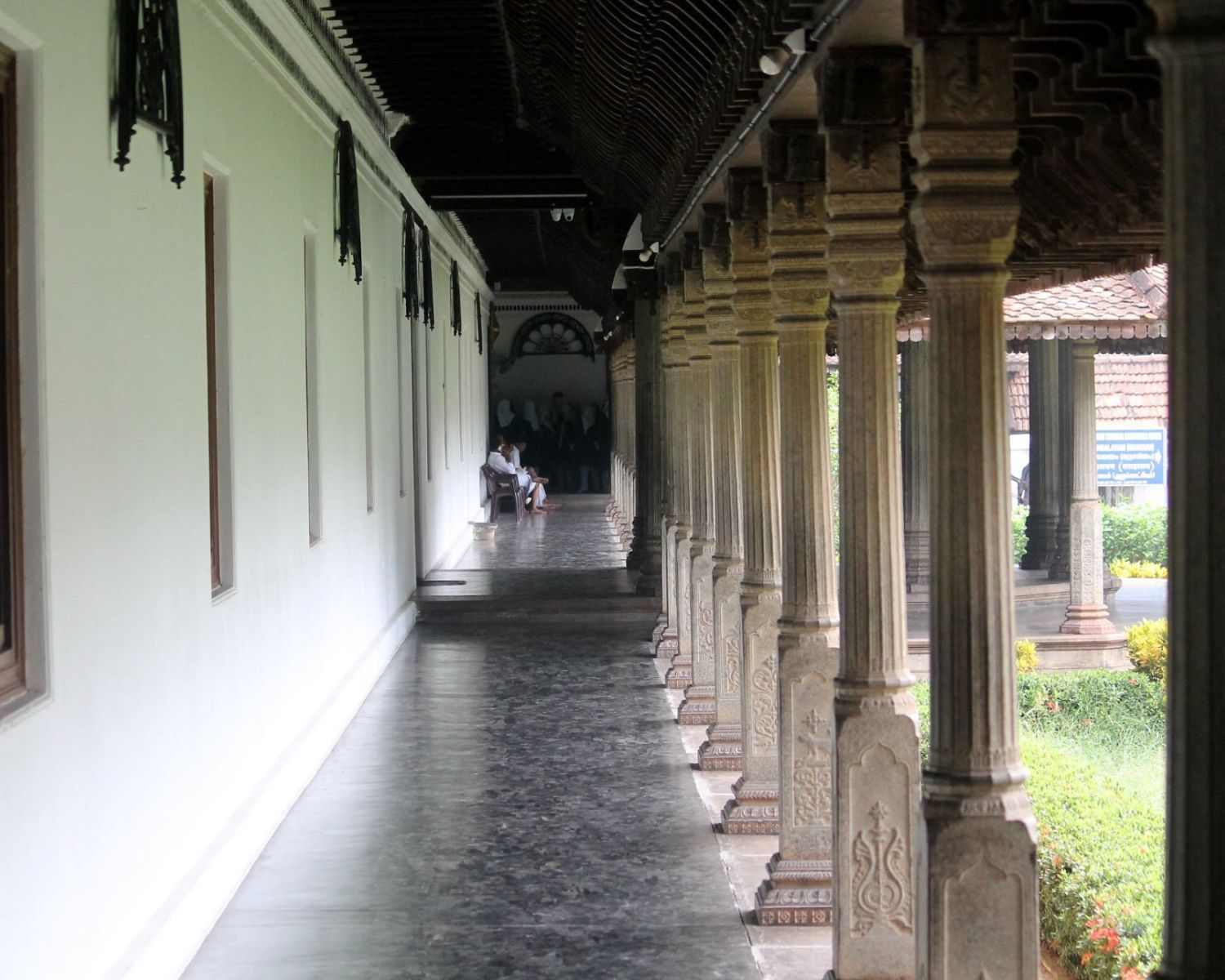
Built in the 18th century by the royal family of Kilimanoor, this palace was more than a residence it was a sanctum of political strategy, artistic pursuit, and scholarly engagement. Raja Ravi Varma, the great-great-grandson of the royal lineage, was born here in 1848. His art, rooted in myth and soul, would go on to define the Indian imagination. Today, the palace preserves his presence through original works, artifacts, and stillness.
Traditions That Still Flow
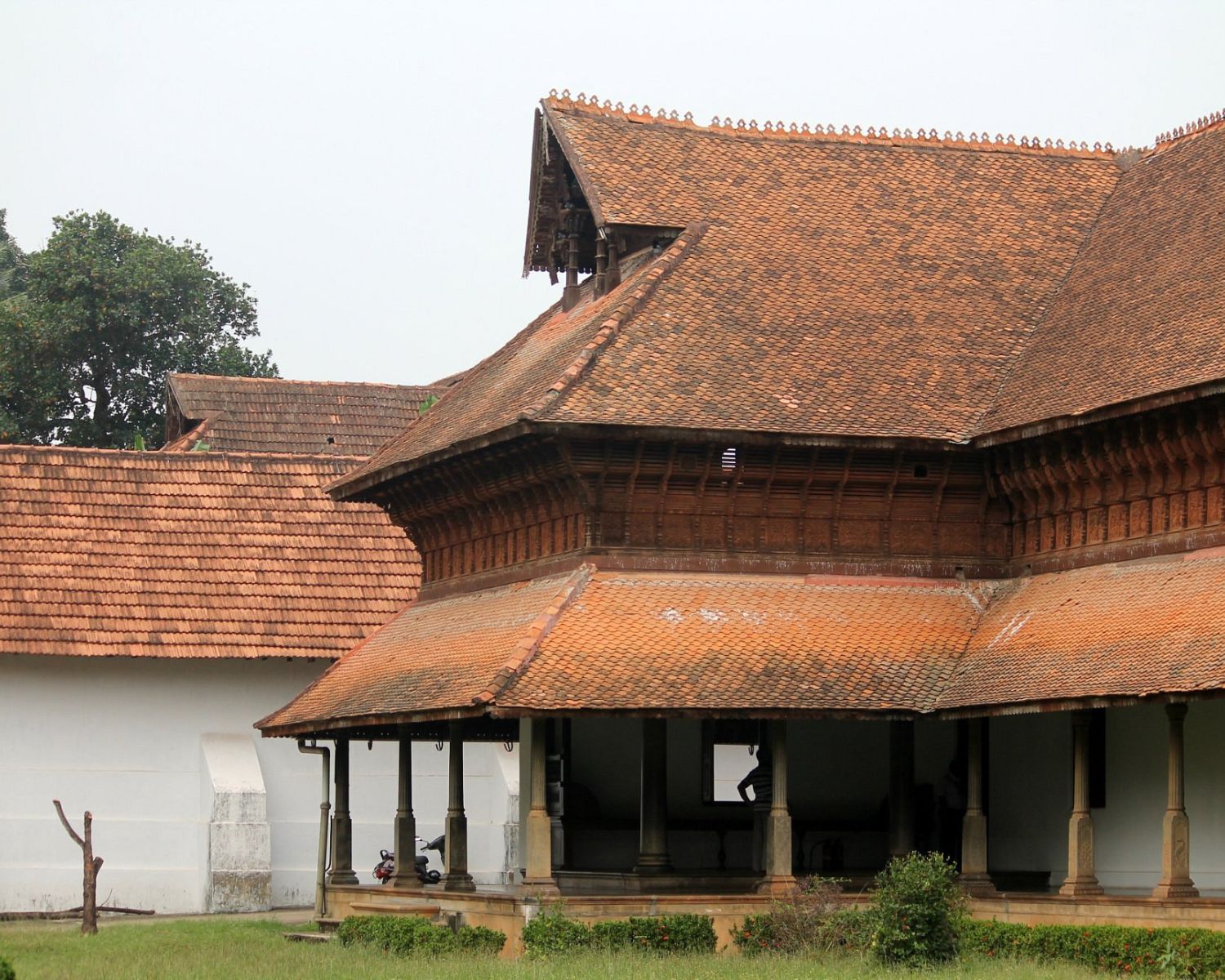
- Daily life at the palace still pulses with rituals, from morning lamp-lighting to temple offerings.
- Local art students come to study the brush techniques and philosophies of Ravi Varma.
- Annual cultural events, heritage talks, and art camps keep the lineage alive—blending the old and the emerging.
What to Expect During Your Visit
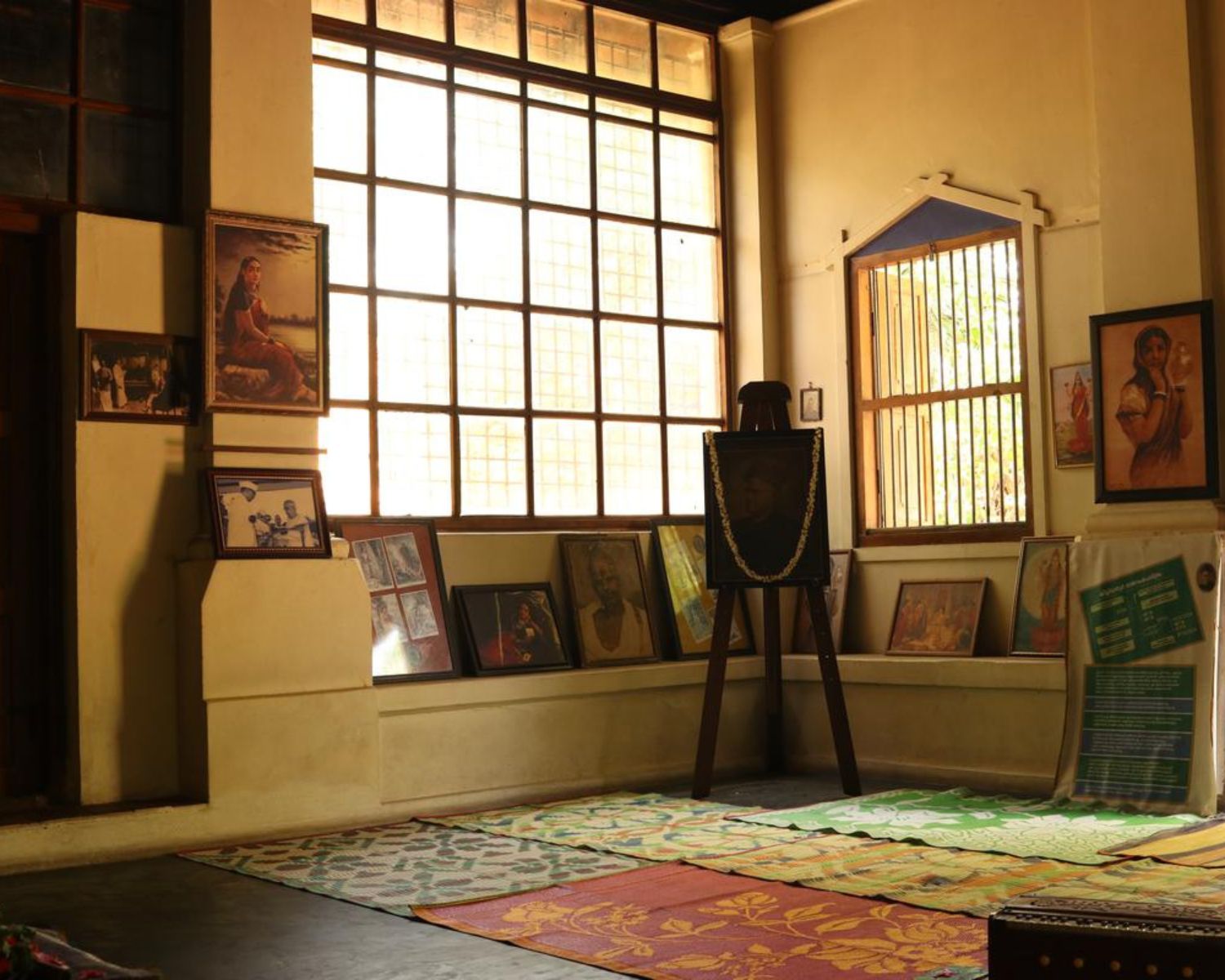
- Spend 1-1.5 hours wandering through open courtyards, quiet galleries, and shaded walkways.
- Start from the main entry hall, visit Ravi Varma’s birth room, and walk through the family temple nearby.
- Mornings or late afternoons are best for cooler temperatures and warm light for reflection.
- The scent of old wood, oil paint, and jasmine.
- Sunlight filtering through latticed windows onto age-worn floors.
- Portraits that look back at you as if whispering epics.
- A courtyard where every shadow carries history.
- A profound hush, as if the air itself is remembering.
Practical Guidance
- Best Time to Visit: November to March
- Getting There: 35 km from Varkala, accessible via local taxis or buses
- Accessibility: Ground-level entry; uneven flooring in places
- Tickets & Guides: Nominal entry fee; local guides available to enrich your experience
Travel Tips & Etiquette
Guidelines
- Timings: Typically 9:00 am to 5:00 pm
- Entry: Approx ₹20–₹50 INR
- Basic restroom facilities; no cloakroom
- No sound-and-light shows just the soul of art, waiting
Restrictions
- Respect indoor silence and avoid flash photography
- Modest attire encouraged, especially near temple areas
- Some artworks and private sections may be off-limits always ask before clicking
- Join in local rituals if you feel called quiet participation is welcome


